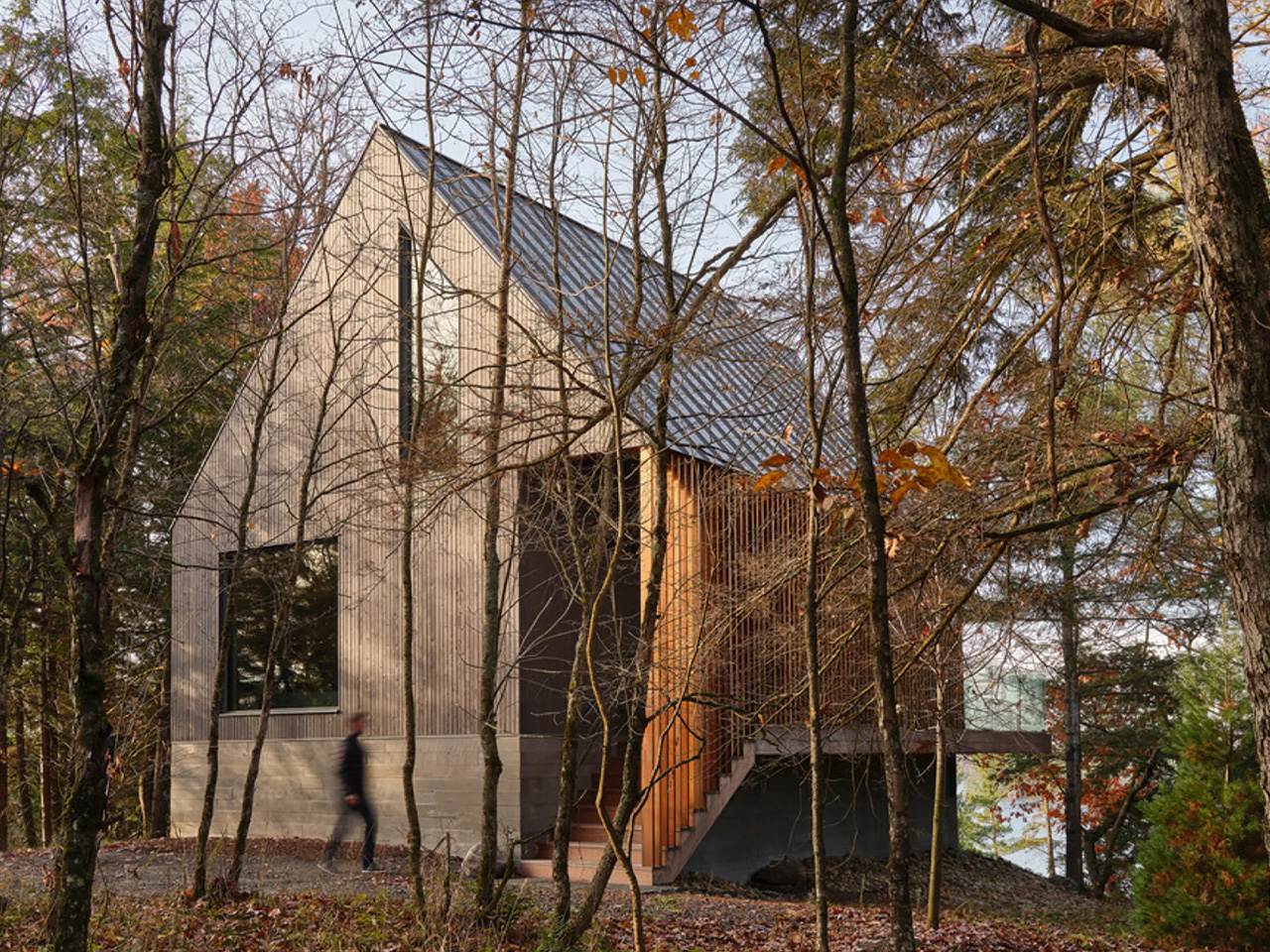Dutch scientists have unveiled the country's first laboratory dedicated to researching how autonomous miniature drones can mimic insects to accomplish tasks ranging from finding gas leaks in factories to search-and-rescue missions. Called the Swarming Lab, researchers at the Delft University of Technology say they aim to put a "self-flying" swarm of 100 tiny drones in the air, able to perform round-the-clock tasks, even landing on charging pods by themselves and taking off again - without humans ever having to get involved. "We are working not only to get these robots to be aware of one another, but also work together to complete complex tasks," said Guido de Croon, a director at the university's Swarming Lab.
One key function is to have the tiny drones - weighing no heavier than a golf ball or an egg - "sniff out" gas leaks in a factory. The drone - fitted with sensors to detect gas - will follow the "scent" of the gas while "calling" the others to help in the search using on-board sensors. "In the same way, drone swarms can also be used to detect forest fires or continuously help in search and rescue operations over large areas," De Croon said.

Using studies on bee and ant swarms or flocks of birds, the scientists will attempt to program their drone swarms to behave the same way. "Drone swarm technology is the idea that when we look at nature and you see many of these animals like ants, that individually are perhaps not so smart, but together they do..
. things they could definitely not do by themselves," De Croon said, adding the team aims to "instill the same capabilities" in their robots. To do this, they need to focus on how birds or insects swarm "using very simple behaviors.
" De Croon explained that birds "look at their closest neighbors in the flock" to maintain a certain distance so as to not collide with them, or be so far away that they get separated. "They align with each other. And by following such simple rules you get these beautiful patterns that are very useful for the birds, also against predators," he said.
"So at that level, we draw inspiration and we try to make such simple rules...
for the applications we want to tackle." But the scientists admit there are challenges. "Swarms are complex systems," De Croon said.
"A single robot can do simple things within a swarm. It is actually quite difficult to predict, however, with these simple rules how a whole swarm will behave." The size of the robots also hampers how much technology - from sensors to on-board computing capacity - each drone can carry.
Currently, the lab's drones still rely on an externally mounted camera to relay information on their positions within the swarm among one another. But the researchers have already developed the technology for the robots to sense each other without external help. They would not be the first, however.
In 2022, scientists from Zhejiang University in China successfully flew 10 autonomous drones through a thick bamboo forest. Currently, the Swarming Lab - working in tandem with Emergent, a start-up founded by former Delft students - has some 40 small drones involved in its research. "The aim is eventually to put a swarm of around 100 drones in the air in the next five years," said Lennart Bult, cofounder at Emergent.
De Croon added: "it would be really great if we actually get a bit closer to the astonishing intelligence of tiny creatures like honeybees." Agence France-Presse.



















